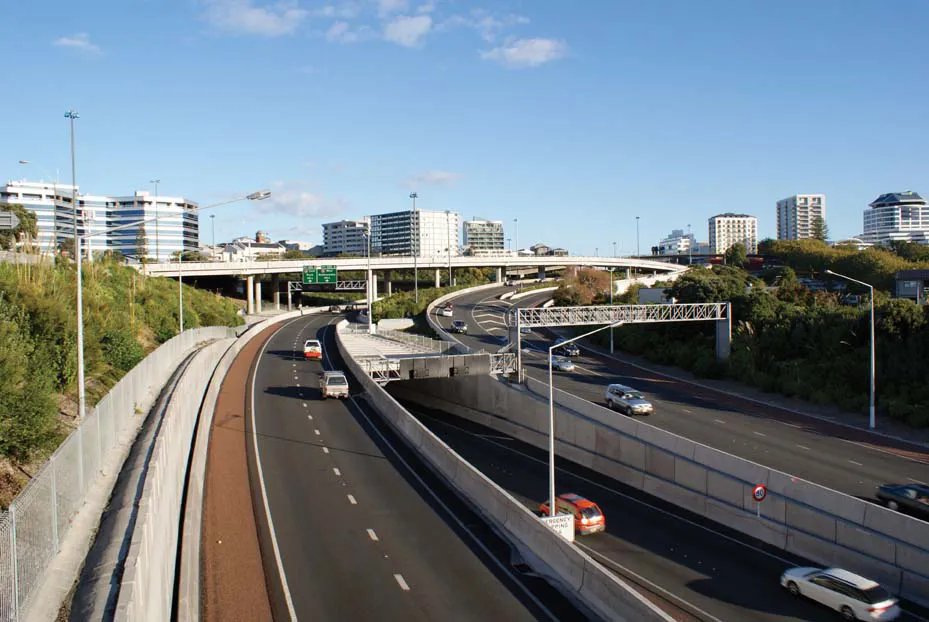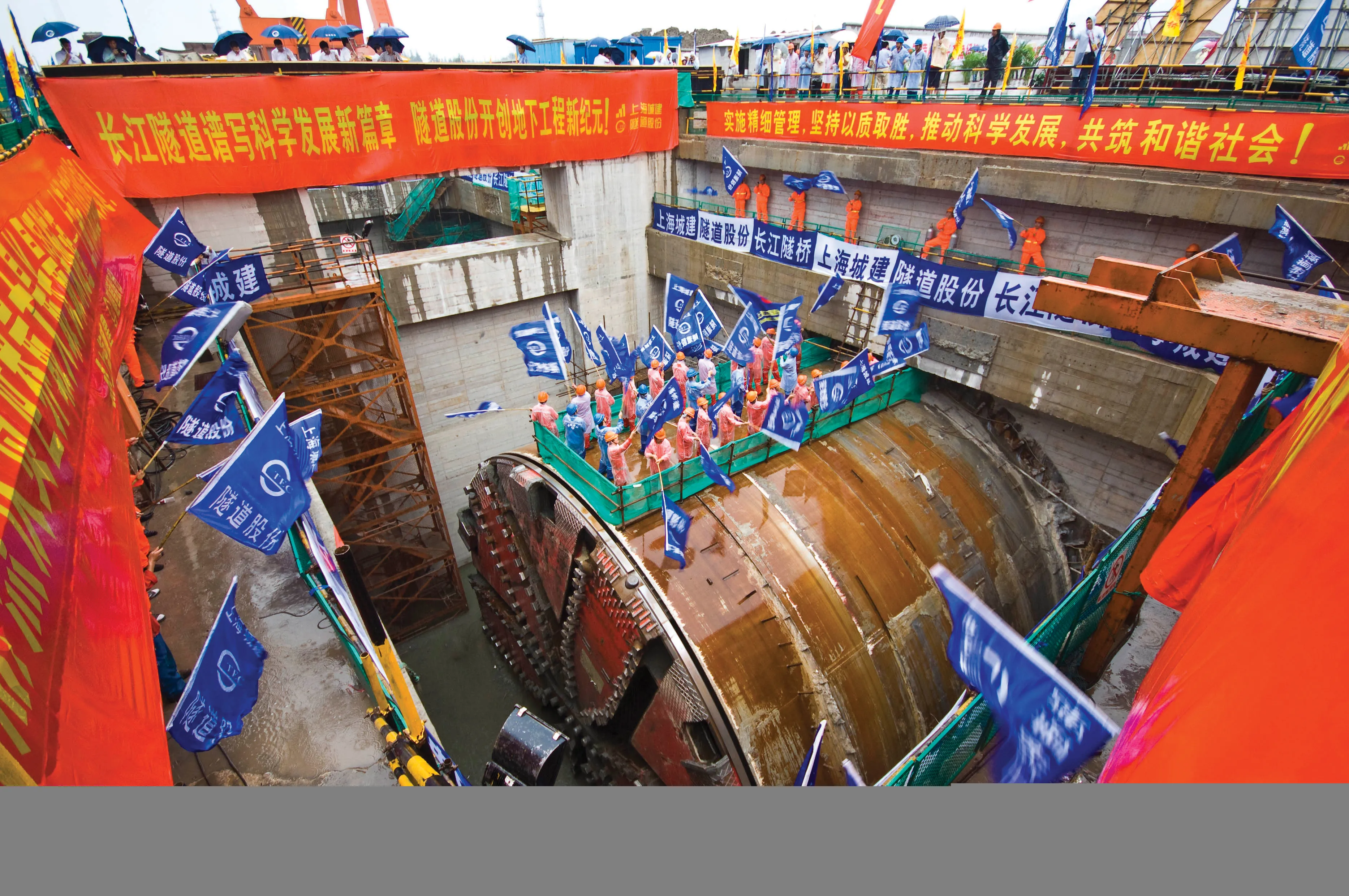Alice, one of world's largest tunnel boring machines, has started its second tunnel drive for the Waterview Connection project in Auckland, New Zealand.
The 90m-long, 3100tonne tunnel borer completed the first twin tunnel, at 2.4km, in September after 11 months of digging, as World Highways reported at the time. The machine has a boring diameter of 14.46m and its cutting wheel is driven by 24 electric motors with a total output of 8,400kW.
December 19, 2014
Read time: 2 mins
Alice, one of world's largest tunnel boring machines, has started its second tunnel drive for the Waterview Connection project in Auckland, New Zealand.
The 90m-long, 3100tonne tunnel borer completed the first twin tunnel, at 2.4km, in September after 11 months of digging, as3260 World Highways reported at the time. The machine has a boring diameter of 14.46m and its cutting wheel is driven by 24 electric motors with a total output of 8,400kW.
Alice, as the2592 Herrenknecht EPB Shield S-764 boring machine is called, is creating the shell for a road tunnel that will link two of the main state highways together. In March 2013, Herrenknecht delivered the TBM to the companies 2675 Fletcher Construction, 2673 McConnell Dowell and Obayashi. Alice is named after the main character of Alice in Wonderland.
During the first tunnel, the performance was 126m a week and 452m a month. Brett Gliddon,1009 New Zealand Transport Agency's highway manager, said it was “a huge engineering feat” for New Zealand and be the country’s longest road tunnel. The Waterview Connection tunnel project is one of six related works related to Auckland's Western Ring Road.
Both tunnels will have three lanes and connect the two motorways Highway 16 and Highway 20. The tunnel runs below a densely populated residential area and several parks and will cut travel time between Auckland’s central business district and the international airport.
The shell of the second tube is due to be completed in 2015 the project open for traffic at the start of 2017.
The 90m-long, 3100tonne tunnel borer completed the first twin tunnel, at 2.4km, in September after 11 months of digging, as
Alice, as the
During the first tunnel, the performance was 126m a week and 452m a month. Brett Gliddon,
Both tunnels will have three lanes and connect the two motorways Highway 16 and Highway 20. The tunnel runs below a densely populated residential area and several parks and will cut travel time between Auckland’s central business district and the international airport.
The shell of the second tube is due to be completed in 2015 the project open for traffic at the start of 2017.








